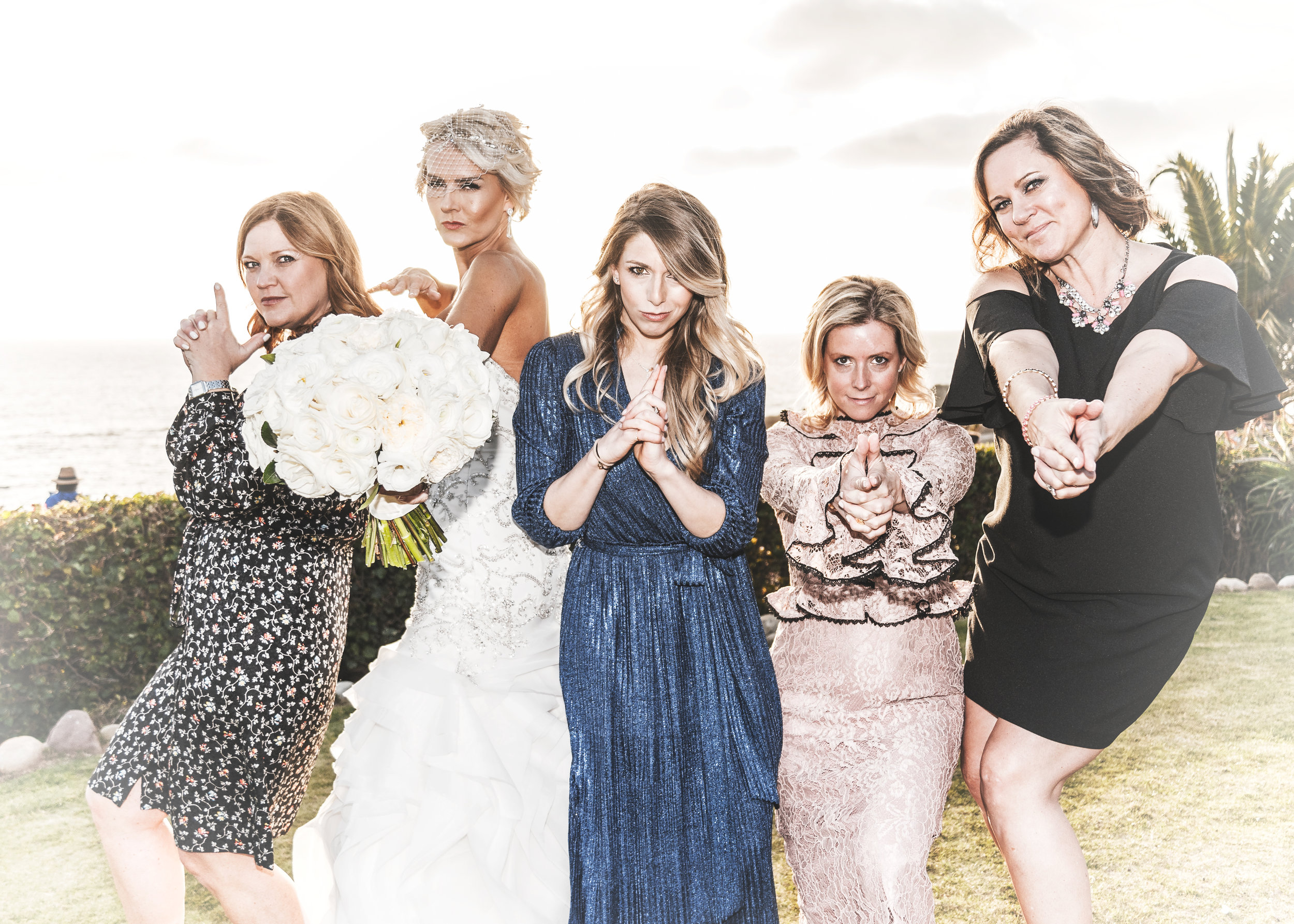I admit flash is a new tool in my tool bag, both on a bright day and a low lit event. I never liked those professional images that you could tell the subject was hit with a flash. I didn’t understand why on a bright sunny day would you use a flash on a subject. Most of the subjects I am referring too are those athlete shots, like a mountain bike rider, runner or motorcycle rider.
Mailbox Peak - Flash on a bright day
Another hurdle I had a hard time figuring out was the high speed-snyc on my Nikon SB800 flash. For those of you wondering what that is, I will explain. Normally your flash will snyc with your shutter at a max shutter speed of 200. If you have ever shot motion, you know this isn’t fast enough. For me I like to be at a shutter speed above 600. If you were to shoot at 600 with the flash set normally you will get banding in your images from the shutter doors. Changing your flash to manual you will now be able to achieve HSS. This will allow you to fire your flash at those higher shutter speeds for sports or whatever.
Catch light in Kelly’s eyes
I am not sure the first time I used it outdoors on a bright day, but once I got it dialed in I fell in love. There are a couple of reasons why I love to carry a flash on our adventures. One is it gives your subject (human or animal) a drop of catch light in their eyes. We all have those shots where it is a little dark and the person’s eyes seem to be missing a little life. This will give you a drop of light from the flash reflecting off their cornea. It is a subtle thing, but once you start to see it, you will like it. If you watch just about any movie, indoor studio or not, you will see the lighting rigs reflected in the actors eyes. I see that all the time. IN older movies that lights are pretty obvious. Now with CGI, it is hard to tell what is real anymore. The other piece that HSS flash does it is fills in the shadows that are cast by a high sun. Through adding a flash on bright days I don’t have harsh shadows on the subject or surrounding areas. In post production I have found it really helps make the colors pop and gives you some more editing possibilities.
A wedding at Montage in Laguna Beach during the brightest part of the day. Sun behind them and a full power flash on my hot shoe.
I am still learning the possibilities of HSS flash and haven’t mastered everything. There are so many different ways to fire a flash and places to set it up. Because we hike a lot and I don’t want to carry a tripod for off camera flash, I just use it on the hot-shoe of my Nikon. It becomes a heavy rig to be carrying so be prepared. I also recommend to bring extra batteries; especially if you are firing off bursts at 1:1 flash power. It will drain the batteries and you will be slowed down to being able to use the flash just every 10 seconds or more.
Flash is a great tool to have in your bag, but it does require a lot of learning to master it. Lighting is different every time you pull out your camera. Could be the coolness or warmth of light that is a factor, or the amount of available light in the surrounding area. The other piece that is hard to control without soft boxes and a big set up are shadows. Put a subject too close to a wall and you will stamp their shadow onto the wall, not to mention on their face.
It is easy to get it out and practice with it and become familiar with it. Even if you have a built in flash without HSS, it can be a great tool.



